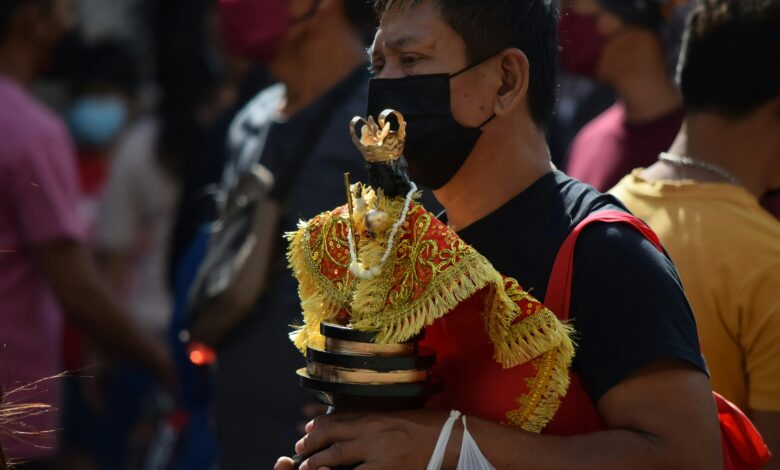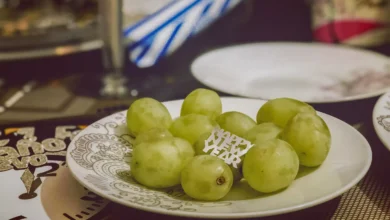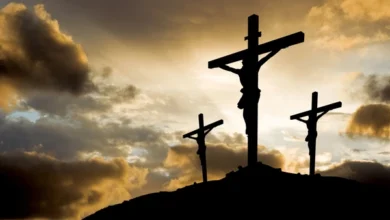
Why Is Filipino Devotion to Saints and Statues So Strong?
The Filipino devotion to saints and statues isn’t just a matter of faith—it’s a vibrant cultural tapestry that weaves together history, spirituality, and community. This tradition, deeply rooted in Filipino identity, showcases a unique blend of reverence, gratitude, and celebration.
The Saints Filipinos Hold Close to Their Hearts
Some saints have become household names in the Philippines, representing the diverse needs and aspirations of the faithful:
- Santo Niño (Holy Child Jesus)
Known as the oldest Christian relic in the country, the Santo Niño is deeply venerated, especially in Cebu, where the Sinulog Festival celebrates its arrival. For many, the Santo Niño symbolizes innocence, hope, and protection. - Our Lady of Peñafrancia
Revered as the “Queen and Patroness of Bicolandia,” the miraculous image of Our Lady of Peñafrancia attracts millions of pilgrims every September in Naga City. She is seen as a maternal figure, offering comfort and intercession. - The Black Nazarene
A life-sized statue of Christ carrying the cross, the Black Nazarene is celebrated during the Traslación in Quiapo, Manila. Devotees brave massive crowds in hopes of physical healing, blessings, and spiritual renewal. - San Lorenzo Ruiz
The first Filipino saint, San Lorenzo Ruiz, is honored as a symbol of unwavering faith. His story of martyrdom resonates with many who face challenges but remain steadfast in their beliefs. - San Pedro Calungsod
Another Filipino saint, San Pedro Calungsod, is celebrated for his missionary work and sacrifice. His story inspires young people to stay committed to their faith.
The Filipino Devotion: A Tradition Rooted in History
The origins of this Filipino devotion trace back to the Spanish colonization in the 16th century, when Catholicism was introduced and quickly became integral to Filipino life. Saints and statues were introduced not just as objects of veneration but as teaching tools to help locals understand the Christian faith. Over time, these figures gained profound cultural and spiritual significance.
Personal and Collective Connection
Filipinos honor saints and statues as both personal intercessors and communal symbols of faith. Families often have altars with images of their favorite saints, while communities come together for processions and fiestas to express collective gratitude and devotion.
Celebrating Faith with Joy
Festivals like the Sinulog in Cebu and the Pahiyas Festival in Lucban reflect how Filipinos incorporate joy and artistry into their faith. These events are not just religious but cultural showcases, blending spirituality with music, dance, and food.
A Testament to Filipino Values
The Filipino devotion to saints reflects core Filipino values: resilience, gratitude, and a strong sense of bayanihan (community spirit). Whether praying for a job, good health, or protection for loved ones, Filipinos see saints as tangible connections to God’s grace.
Keeping Faith and Tradition Alive
By honoring saints and statues, Filipinos preserve a tradition that transcends generations. This Filipino devotion is not just about religion; it’s a way of life that binds families and communities, keeping their faith and heritage alive.
In the Philippines, saints and statues are more than symbols—they are companions on life’s journey, reminders of hope, and emblems of an enduring faith that continues to thrive amidst change




